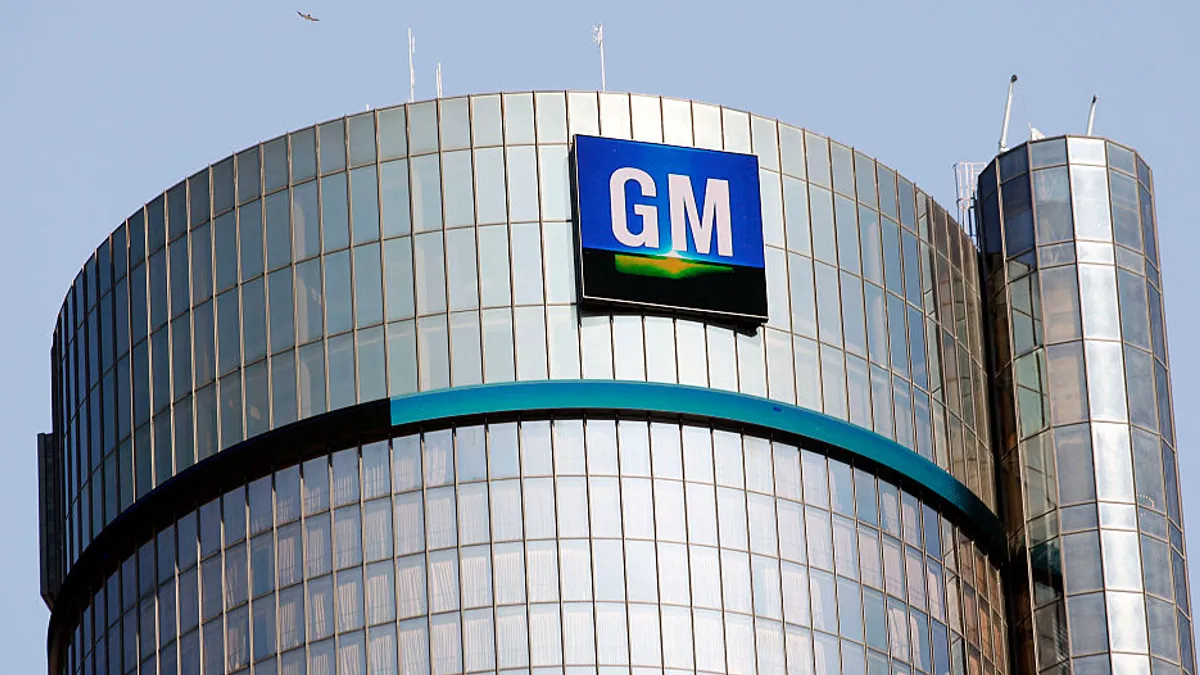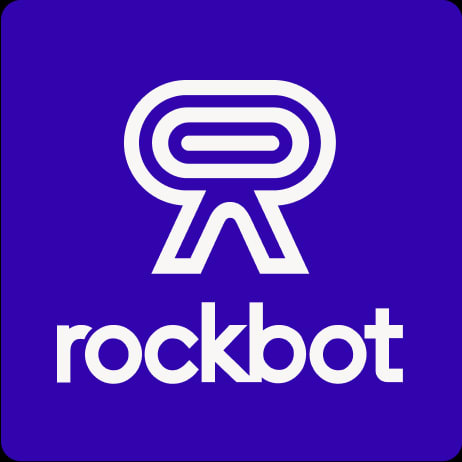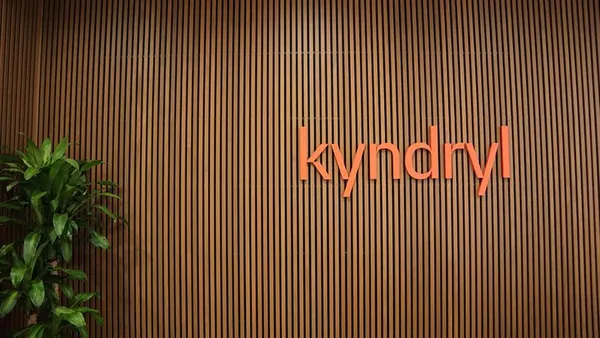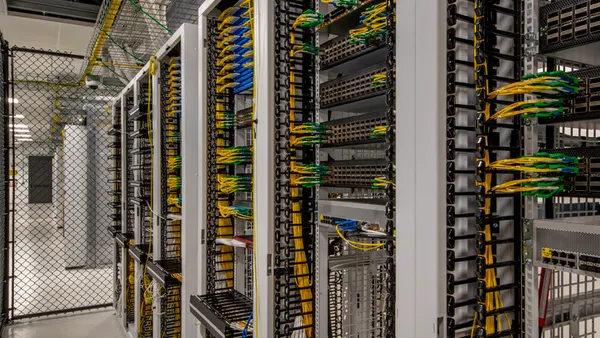Dive Brief:
- General Motors is reworking its AI structure with the departure of its former chief AI officer, Barak Turovsky. The executive announced his exit in a Friday LinkedIn post, and GM confirmed the news in a Monday email to CIO Dive.
- Turovsky previously held leadership positions at PayPal, Microsoft, Google and Cisco before joining General Motors in March of this year as the automaker’s first C-suite level AI head. The executive said he is going to take a sabbatical to work on “some exciting new ideas.”
- GM did not say whether the company planned to replace Turovsky, but a spokesperson said the AI team will now report to the manufacturing engineering organization. “We are strategically integrating AI capabilities directly into our business and product organizations, enabling faster innovation and more targeted solutions,” the spokesperson said via email.
Dive Insight:
The departure of GM’s first chief AI officer marks the second tech executive to leave the company in recent weeks. Dave Richardson, GM’s former SVP of software and services engineering, elected to step down from the role at the end of October.
“We’re changing the structure of the software and services engineering team to accelerate how we develop and deliver technology experiences to our customers and the company,” a spokesperson said in an email to CIO Dive. The company is combining its vehicle software engineering and global product teams under one organization, led by former Chief Product Officer Sterling Anderson.
Adjustments to technology leadership at GM come as carmakers are revving up AI adoption in the face of economic uncertainty. The industry’s biggest players, including GM, Toyota and Ford, see AI as a way to cut costs and boost efficiency as the financial strain of shifting trade policy threatens financial performance.
GM has tapped the technology to optimize planning processes via production line simulations, saving time and money. Use cases also include improving quality and safety by using AI to pinpoint potential leaks in battery packs and inspect welds.
“Looking forward, we believe our investments in advanced technologies, manufacturing, and talent will build on our solid foundation, and make GM even more innovative, resilient and capable of leading through change,” CEO Mary Barra said in a letter to shareholders as part of the company’s Q3 2025 earnings call in October.
The chief AI role sprouted up across major enterprises in the wake of sharpened C-suite focus on the technology and growing support to scale efforts.
The role isn’t yet ubiquitous, but has certainly increased in recent years. More than one-quarter of organizations have appointed a chief AI officer, up from 11% in 2023, according to an IBM survey conducted in Q1 of this year. McDonald’s, Lululemon, Ralph Lauren and a slew of financial firms have elevated AI to their C-suite this year.
While the role is still evolving, these executives are typically tasked with helming efforts around the data strategies underpinning AI initiatives and driving organizational change, according to Martha Heller, CEO of technology executive search firm Heller Search.
“The departure of GM’s head of AI is likely one of many abrupt executive-level shifts we’ll see as companies try to define what a chief AI officer actually is,” Heller said in an email to CIO Dive. “Just as we saw with the evolution of the CIO and chief digital officer roles, it will take time before a standardized executive AI leadership position emerges in the market.”













